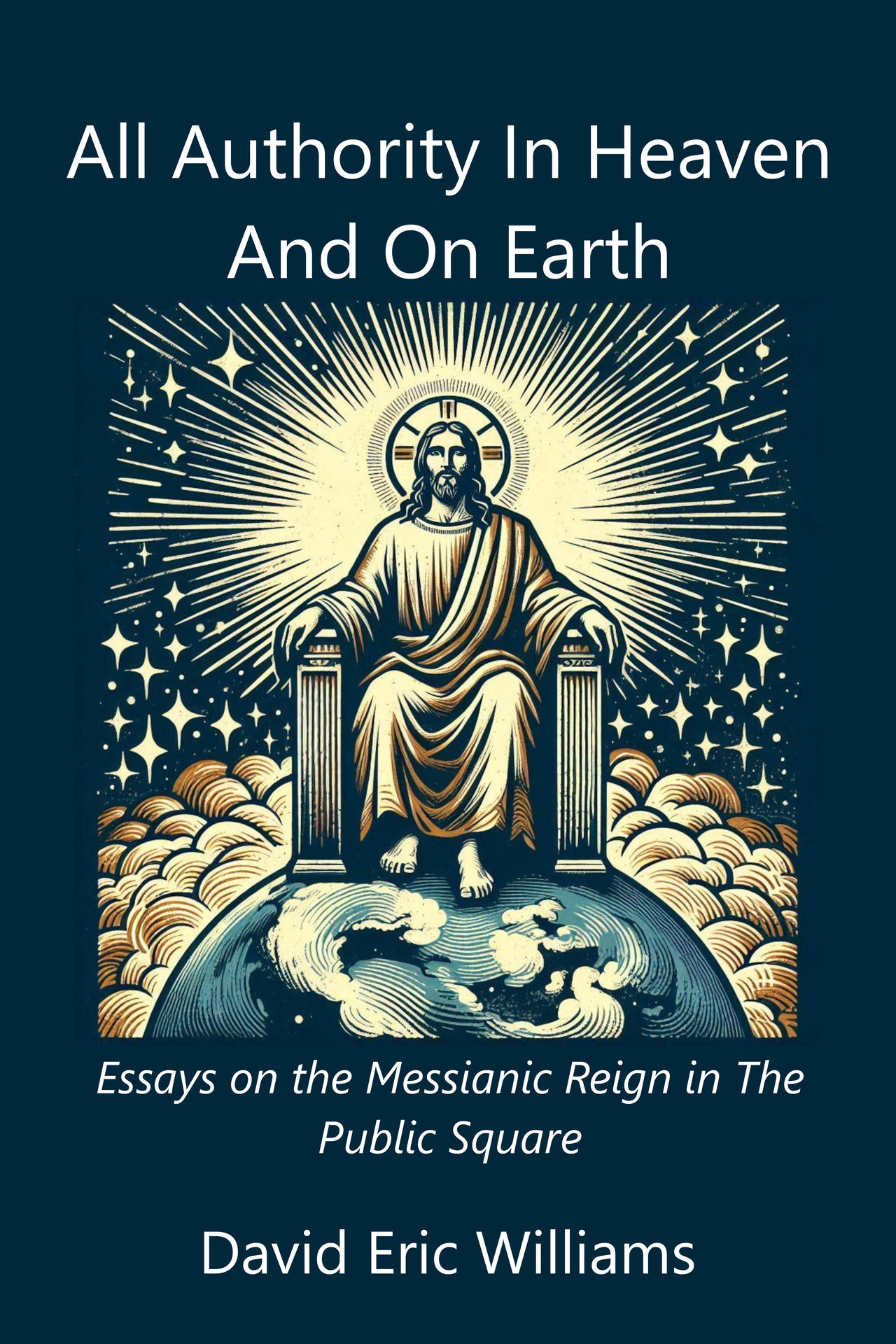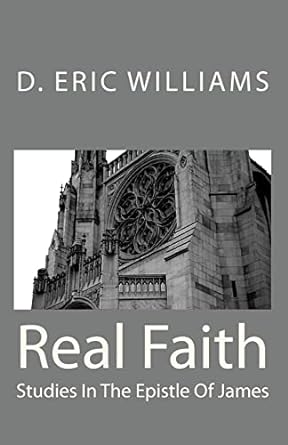Trinity: The Family
© 04.20.09 By David Eric Williams
When we examine Trinity in order to understand how to imitate God in human relationships (Ephesians 5:1, Philippians 2;5, 1 Corinthians 11:1), we must be clear concerning the nature of that which we seek to copy. Obviously no human institution or relationship can perfectly reproduce the kinship of the Triune God. In God there are three persons but not three individuals as we would find in the created realm. Instead we are confronted with three personal self-distinctions within the divine essence, "self conscious and self directing, yet never acting independently or in opposition" to one another. Nevertheless, if we understand the relationship aright, we cannot help but discover principles of "the one and the many" appropriate to human existence.
In the first place, the doctrine of Trinity tells us fellowship between persons is the norm. Indeed, it is only in fellowship with others that the individual is made complete. Yet, since unity is not ultimate it is likewise true the fullness of fellowship only exists with the recognition of variety.
Moreover, Mankind is invited to participate in the fellowship of the Trinity through our relationship with Jesus Christ. Because we are brought into fellowship with God in Christ, the Lord has established a variety of "schools" to educate us in the etiquette of unity and diversity. The most fundamental of these is the marriage and family relationship.
The book of Genesis tells us in light of the creation of Man and Woman, God intends that "a man shall leave his father and mother and be joined to his wife, and they shall become one flesh" (Genesis 2:24). It is interesting that in this relationship we see the dissolution of unity and its reestablishment. A man is to leave the family of his father and mother and institute a new family, a new "one" out of the many. This models the action of the Trinity in at least two ways. However, we will limit our examination to the manner in which the marriage relationship is designed to illustrate Trinitarian unity and diversity
The Bible says a woman is supposed to submit to her husband. This action of submission is integral to the concept of "the one." However, the Bible also tells us the wife does not have authority over her own body, but the husband does. And likewise the husband does not have authority over his own body, but the wife does (1 Corinthians 7:4). This principle was presented within the context of the sexual relationship in marriage. Yet, because that association has an impact on the covenant relationship as a whole, we cannot limit the application of the precept to physical intimacy. For instance, a husband cannot relinquish regular ablutions in spite of his wife's insistence he practice a reasonable standard of personal hygiene. His position as head of the household (guarantor of the one), does not allow him to ignore the wishes of the many. More fundamental is the fact that a man must love his wife just as Christ also loved the church and gave Himself for her (Ephesians 5:25). Indeed, he must be the first one in the relationship to let the mind of Christ be also in him and look out not only for his own interests, but also for the interests of others (Philippians 2:4).
Therefore the warrantor of "the one" cannot live so as to dominate "the many." Neither the one nor the many is ultimate and neither can be ignored. Maintaining this balance becomes more difficult as children are added to the family. Thus the requirement for a husband to do his best to present [himself] to God as one approved, a worker who has no need to be ashamed, rightly handling the word of truth (2 Timothy 2:15).
Next Week: More Trinitarian Thinking.
Entire Site Copyright © 2025 By David Eric Williams










